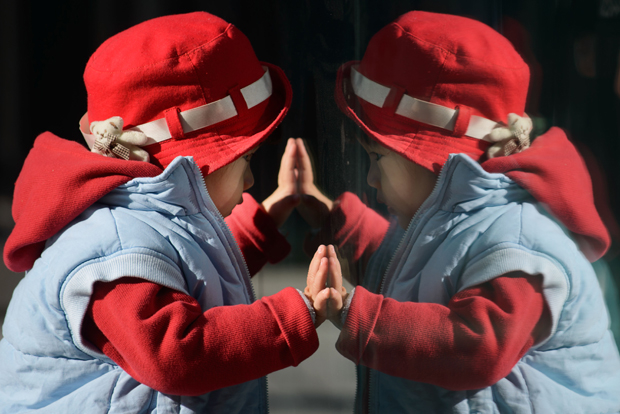Leta Hong Fincher:
The Communist Party’s announcement that it will loosen the one-child policy is, of course, welcome news. Married couples will be allowed to have two children if only one of the spouses is an only child, meaning that millions more couples will now be exempted from previous family planning restrictions. Yet it’s too soon to predict what the long-term demographic consequences of the change will be.
In many parts of the country, the one-child policy has already been unofficially whittled away. While a little more than one third of China’s families have only one child, almost two-thirds of families already have more than one child, according to demographers. If rural couples have a girl, they are generally allowed to try again for a boy, and some rural couples try two or even three more times to have that coveted boy, with no drastic consequences other than paying a fine. In other areas, we can see that the policy is still sometimes used by local officials to force women to have late-term abortions. After this latest policy change, there will almost certainly be a decline in the most coercive family-planning tactics.
Obviously, the policy change will have a much larger impact in the cities, where the one-child policy has been most rigidly applied. I have personally interviewed young, urban newlyweds who express a desire to have two children if possible, so expect some kind of baby bump, but how large will it be? The cost of living has become so high that even if couples say they want two children, perhaps they will find that they can't afford it in the end. And then there are many young Chinese who say they don’t even want one child because housing and education are too expensive. So the “two-child” policy may end up being of more symbolic importance than anything else.





Comments
Vincent Ni
Needless to say, the relaxation of the contentious one-child policy is positive news. But I’m not sure if more Chinese (urban) couples will choose to have more than one child. Many choose not to have any at all, producing an increasing number of Double Income, No Kids, or DINK, households.
Those who object to relaxing the decades-long policy in China always look to Thailand. Similar to China, the Southeast Asian neighbor’s current fertility rate is only 1.66 children born per woman, whereas China's rate is now at 1.55, according to data from the Central Intelligence Agency’s World Factbook. But what’s different between these two Asian countries is that Thailand does not have fertility restrictions. (By comparison, European Union fertility is only at 1.59 children born/woman, according to the Factbook).
The other issue, of course, is the cost of living in China. I think Leta has this nailed down. Having lived both in China and overseas, I don’t really find living costs in Beijing and Shanghai these days are that much lower than, say, New York; but ordinary families in China don’t earn as much as their American counterparts.
Also, relaxing the one-child policy doesn’t just mean encouraging couples to have more babies. After all, at some point, these children will need education, and that might be an even bigger problem for the government. More children means a bigger burden on this front. Therefore, more investment is needed for sure.
Isabel Hilton
As others have said, this will be a welcome policy relaxation for many young Chinese. But the legacy of the one-child policy does not go away, either for the nation or for the many individuals whose lives have been conditioned by it. Apart from the national gender imbalance—which could leave some 19 million young men in want of a wife—there is the as yet unanswered question of China’s unregistered citizens. They come in many categories: some couples have taken advantage of spells abroad to have a second child, but that child is not entitled to access education or health services on the return to China. Other couples simply concealed the birth of officially prohibited infants; this means that an unknown number of Chinese citizens, born in secret, remain undocumented. Will the government declare an amnesty for these shadow citizens, or must they remain a population invisible to the the state bureaucracy? Will their ambiguous status be regularized, or might it continue to the next generation?
Yong Cai
China ought to learn from Taiwan’s experience. Fertility there seemed to stabilize around 1.8 children per woman in the late 1980s and early 1990s, after a precipitous decline started beginning in the 1950s. Then there was another rather surprising drop that dragged fertility to its nadir of 0.9 in 2010, the lowest value ever observed in any major population. Taiwan is culturally very similar to China; its economic development is probably 10-20 years ahead of China, but Taiwan has no one-child policy. (Its early fertility decline has a lot to do with a well-organized family planning program.) In fact, Taiwan has started implement some pronatalist policies, most notably, a financial subsidy for having a third child of 3,000NTD (US$101)/month.